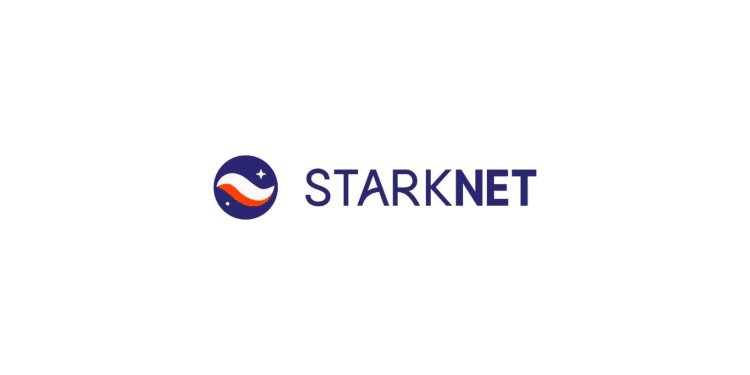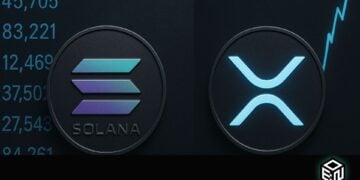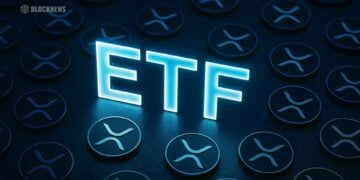- Starknet is preparing to launch its latest protocol upgrade: Starknet Alpha V0.12.0.
- This upgrade focuses on scalability through enhanced transaction throughput.
- 12.0 will improve Starknet’s rate of TPS by introducing new means of block hash retrieval and block syntax that allow for more holistic transaction record storage.
Starknet, an Ethereum Layer 2 network, is preparing to launch Starknet Alpha V0.12.0, a groundbreaking upgrade that improves performance and scalability. Developed through a collaboration between LambdaClass and StarkWare, this release represents a significant milestone in addressing throughput and latency challenges.
By incorporating targeted optimizations and introducing new features, Starknet aims to revolutionize transaction processing.
Enhanced Performance
Starknet Alpha V0.12.0 prioritizes performance, aiming to deliver an impressive 10X increase in transaction throughput. Integrating Cairo-rs, an efficient Cairo runner developed by LambdaClass, enhances contract execution and streamlined user experience.
Additionally, introducing the Blockifier, a Rust-based block execution logic, reduces transaction execution time and relieves network congestion. Also, Starknet’s decision to include Papyrus, a local storage solution, optimizes system performance and responsiveness. These enhancements elevate the average throughput from 30K to an impressive 220K Cairo steps per second (CSPS).
Cairo is a programming language used within Starknet for writing smart contracts. Each line of code in a Cairo contract corresponds to a certain number of computational steps required for execution. These steps include arithmetic calculations, logical comparisons, and memory accesses.
CSPS is a metric that quantifies the number of computational steps the Starknet system can process in one second when executing Cairo contracts.
Expanded Capabilities: Improved Syntax and Block Hash Retrieval
Starknet Alpha V0.12.0 significantly improves the smart contract syntax, prioritizing safety and extensibility. Smart contract syntax refers to the rules and conventions governing the structure and composition of code written in a smart contract programming language.
It defines how developers should write their contracts to ensure they are correctly interpreted and executed by the underlying blockchain platform.
The syntax of a smart contract language provides guidelines for defining variables, functions, data types, control flow structures, and other elements necessary for creating self-executing contracts. It establishes the proper format, keywords, and grammar developers must adhere to when writing their code.
The new syntax provides developers with explicit information about the contract’s external-facing components, enhancing usability and predictability.
Moreover, this version introduces a new hash system call (a process for retrieving block information within a blockchain’s responsibility for providing data availability), enabling developers to retrieve the hash of a specific Starknet block. This functionality facilitates the construction and validation of storage proofs, enabling efficient cross-chain data access without relying on third-party oracles.
Long-Term Vision
Starknet’s long-term vision revolves around achieving substantial scalability and reducing transaction costs. Starknet aims to make transactions more affordable and inclusive by lowering costs and opening up possibilities for a wider range of use cases.
Starknet is committed to enhancing user experience and transaction reliability. The upcoming version, 0.12.1, includes failed transactions in the block, improving the nonce advancement process and safeguarding against spam.
Conclusion
Starknet Alpha V0.12.0 represents a significant leap in performance and scalability for Ethereum Layer 2 networks. By implementing targeted optimizations, enhancing contract syntax, and introducing new features, Starknet is set to unleash impressive throughput and reduced latency.
With a focus on cost reduction and user experience, Starknet aims to unlock the full potential of decentralized applications while empowering developers and users. As the Starknet community continues to shape the network’s evolution, the future holds exciting possibilities for Ethereum’s scalability and operational efficiency.














